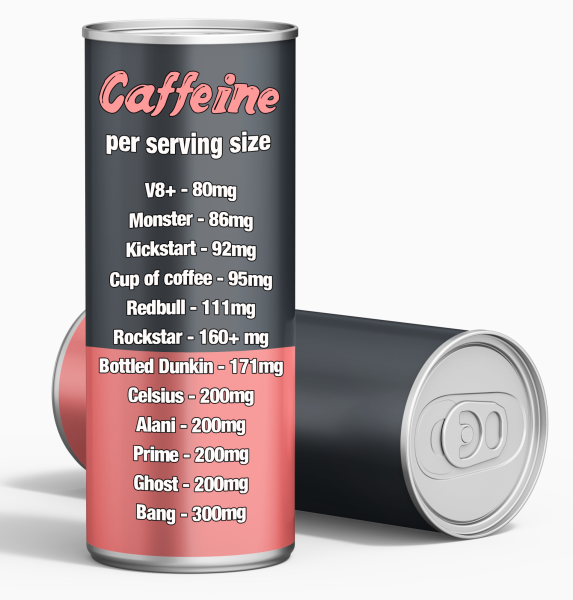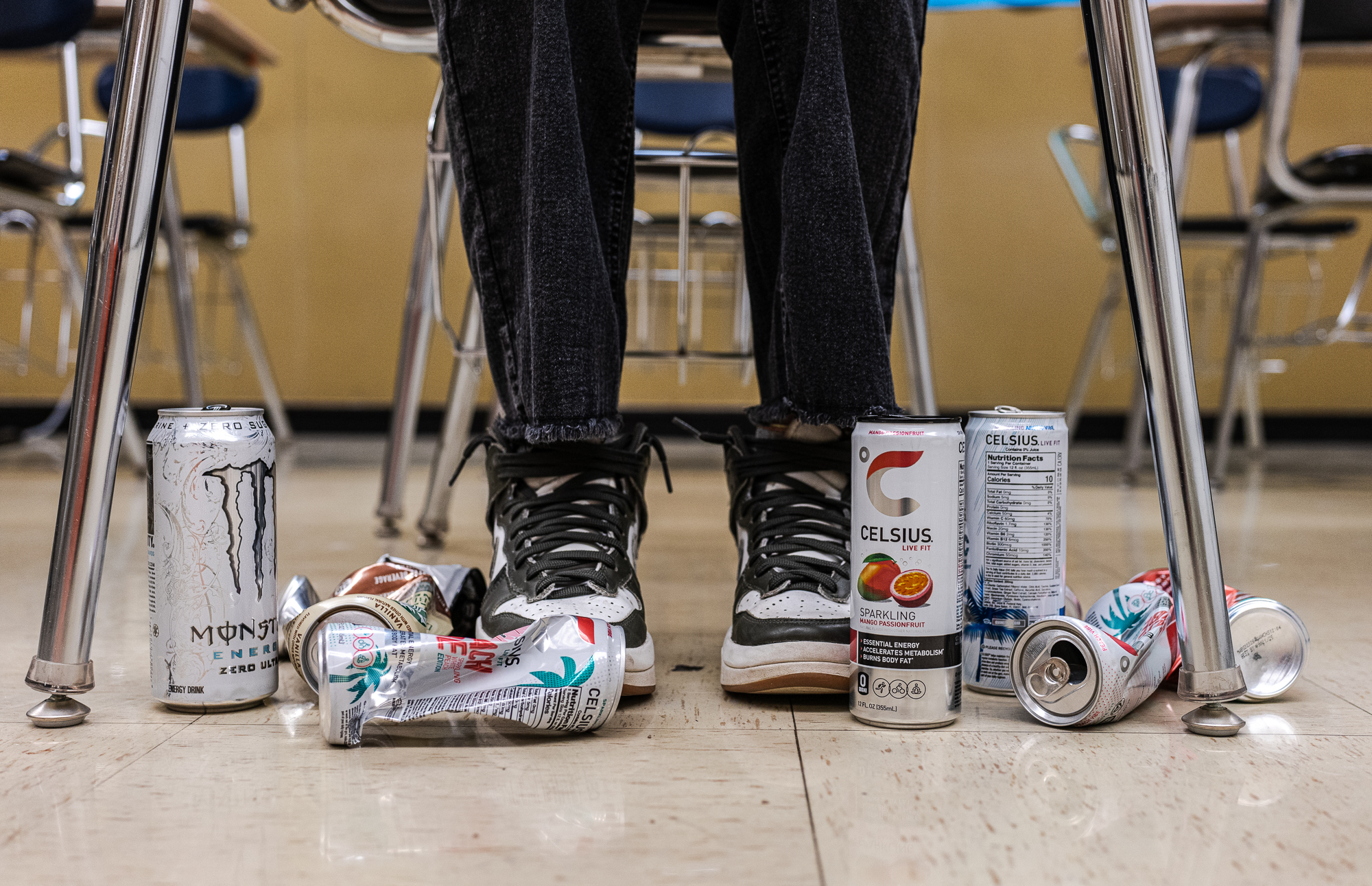It’s 7 a.m. You just arrived at school after four hours of sleep. You’re sleep-deprived, as are most teens. Time for some caffeine.
Caffeine is, of course, a completely legal drug. It is a stimulant used to rid tiredness, cure headaches, and improve mental focus. And as with any drug, the human brain can develop an addiction and experience extreme withdrawal. As teenage years are the most sleep-dependent period of a person’s life, caffeine dependency runs especially high during adolescence.
According to Medical News Today, 83.2% of all teenagers drink caffeine on a routine basis. Here at NASH, our vending machines regularly sell out of Celsius and Kickstart.
According to Better Health Channel, caffeine can lead to a spike in body temperature, frequent urination, dehydration, dizziness, frequent headaches, heart palpitations, restlessness, severe anxiety, trembling hands, and sleeplessness.
Withdrawals from caffeinated beverages are no joke, either. Frequently caffeine consumption can lead to dependency. Let’s say you drink an energy drink every morning for a week. One day, you decide to take a break. That day, you will likely experience anxiety, mood swings, nausea, insomnia, a change in blood pressure, headaches, difficulty concentrating, and more.
Teens are presented with a wide selection of popular caffeinated beverages beyond soda, including coffee, Celsius, Alani, Monster, Redbull, and Kickstart. Compared to past years, studies show that teenagers have collectively moved on from soda and now rely on energy drinks or coffee. Just within the past four years, energy drink retail sales have risen by nearly $8 billion.

According to the FDA, 400 milligrams of caffeine is where the drug can bring on dangerous side effects, though intake can depend on age. The recommendation for teens is no more than 100 milligrams per day. Consumption beyond the recommended limit can lead to long-term conditions such as depression, insomnia, digestive issues, hot flashes, and migraines.
Additionally, the amount of caffeine in a canned beverage is not always clear to consumers. Take the Starbucks Doubleshot, where the milligrams of caffeine are listed merely as “>75mg.” Fastaff, a website for nurses, lists the drink as one of the five unhealthiest caffeinated beverages.
Caffeinated beverage controversies are not uncommon. YouTube stars Logan Paul and KSI created PRIME energy in 2022, earning over $250 million retail sales in its first year. The drink’s target audience allegedly included teens, and it wasn’t long before Paul and KSI with an FDA investigation initiated by U.S. Senator Chuck Schumer.
Though the company’s website states, “Prime Energy is not recommended for children under the age of 18, women who are pregnant or nursing or individuals who are sensitive to caffeine,” Schumer argued that the product line “feverishly targets” kids.
Needless to say, caffeine in moderation is manageable for most people. But the next time you approach the vending machine, ask yourself how much is too much.


